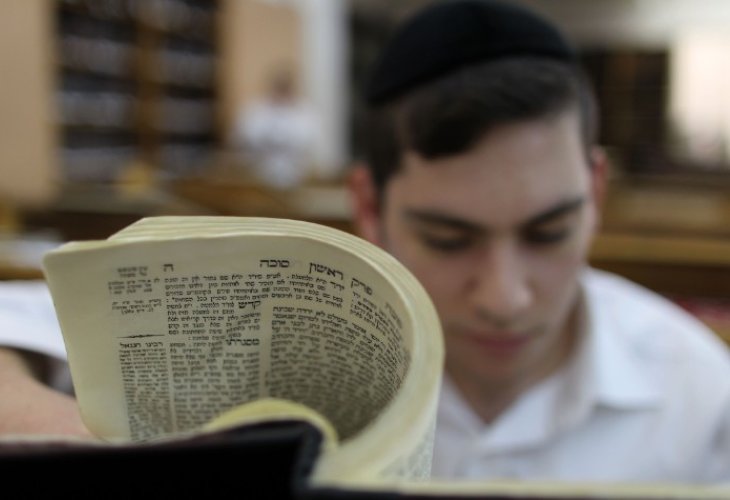Cancer Patients Who Survived Against All Odds
Professor Moshe Frenkel discusses extraordinary cancer patients who defy prognosis and what we can learn from them.

Stories of cancer survivors always provide a spark of hope for those battling the disease. However, individuals whose condition was considered terminal and yet overcame the odds are often deemed miraculous cases. Do these 'exceptional cancer survivors' have something in common that aids their recovery?
Although stories of terminal cancer survivors frequently appear in the media, this phenomenon is well-known yet not formally or systematically researched. Over the past decade, I have deeply studied this topic both in the U.S. and in Israel. Currently a clinical member at the University of Texas, I previously served as the medical director of integrative oncology at MD Anderson Cancer Center in Houston, Texas, one of the world's leading cancer research institutions. Returning to Israel years ago, I now manage the complementary medicine unit at the oncology institute at Meir Medical Center in Kfar Saba. My research began in Texas and continued in Israel as part of the Clalit Health Services. In these studies, researchers interviewed participants from Israel and the United States, defined as 'cancer patients with an exceptional disease course'—those with advanced cancer who defied poor prognoses to recover. The research, conducted in several stages, examined how these patients perceive and explain their extraordinary experiences to seek a common factor. The participants had various cancer types, including pancreatic cancer, advanced lung cancer, women's cancer, and brain cancer. Despite being diagnosed with very advanced disease stages, some survived more than 30 years post-diagnosis.
 Illustration (photo: shutterstock)
Illustration (photo: shutterstock)
My interest in these patients began in the 1980s, influenced by Bernie Siegel's book "Love, Medicine, and Miracles," which mentioned the unexplained phenomenon of exceptional patients. This book ignited my curiosity, and when I joined the cancer center in Texas, one of my first actions was to initiate research on this topic, identifying these patients and investigating the phenomenon. During this research, it became evident that there are quite a few patients living beyond doctors' expectations.
Finding these patients wasn't simple, as they broke all expectations and survived well beyond known forecasts for cancer types and stages. Ensuring accurate medical diagnosis and exceptional disease progression for each patient was necessary. Initially, researchers relied on doctors and therapists who directed them to these patients, mainly from memory and long-term acquaintance. In a second step, we decided to identify patients more objectively using data repositories to guide us to these individuals. We also reached out to complementary medicine practitioners described by patients as miracle workers to help us find patients matching our criteria and verify their survival uniqueness through medical records.
Contrary to public expectations of finding unique individuals, superpeople resistant to all harm using miraculous concoctions, we met ordinary people. Most attributed nothing unusual to their stories or remarkable survival, yet through thorough investigation and questioning, we found several common points among most patients.
In early data processing of the initial research phase, we noticed a distinct coping style among the patients. The exceptional patients were mostly very proactive in choosing their caregivers, treatment types, and being significantly involved in treatment decisions and dealing with the disease. These initial data were published in medical literature. Criticism of this research phase raised doubts that this identification method might bias the findings due to reliance on doctors’ memories about certain patients, suggesting we might have missed many patients who left the traditional medical system or turned to alternative medicine without the medical staff's knowledge, potentially losing crucial survival information on these patients. Consequently, with Helsinki Committee approval, we focused on a Clalit Health Services region with around 650,000 patients, identifying them through a computerized database of the region without any connection to the treatment staff. This database allowed finding patients treated in conventional medicine and those diagnosed with diseases with very low survival chances, possibly left mainstream paths, used undocumented alternative methods, yet survived the disease. Over the past two years in this research phase, we identified 15 more patients for the study. We are currently concluding the findings of both research phases, with results to be presented at the upcoming Taazumot conference, impacting every patient coping with malignant diseases.

